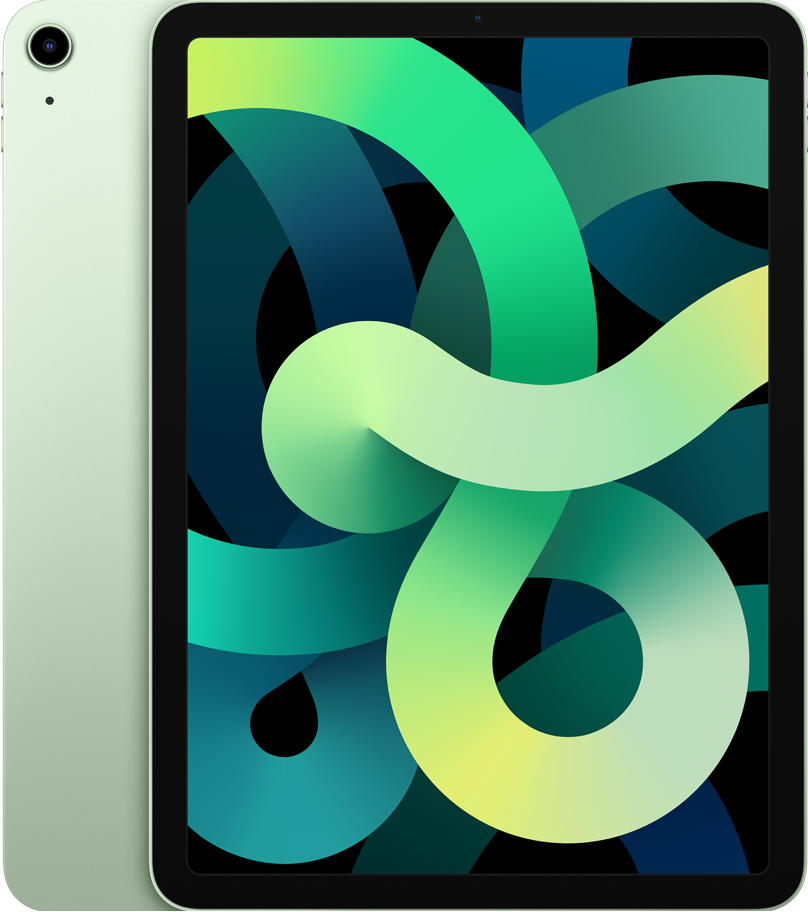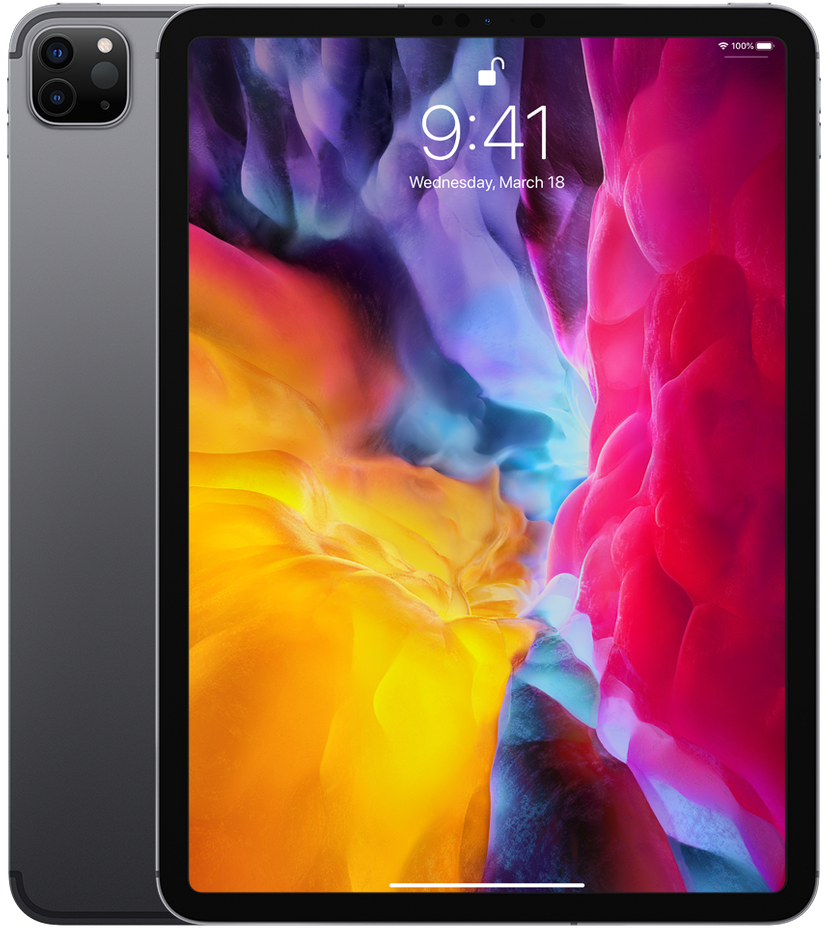iPad Pro vs. iPad Air: Which should you buy?
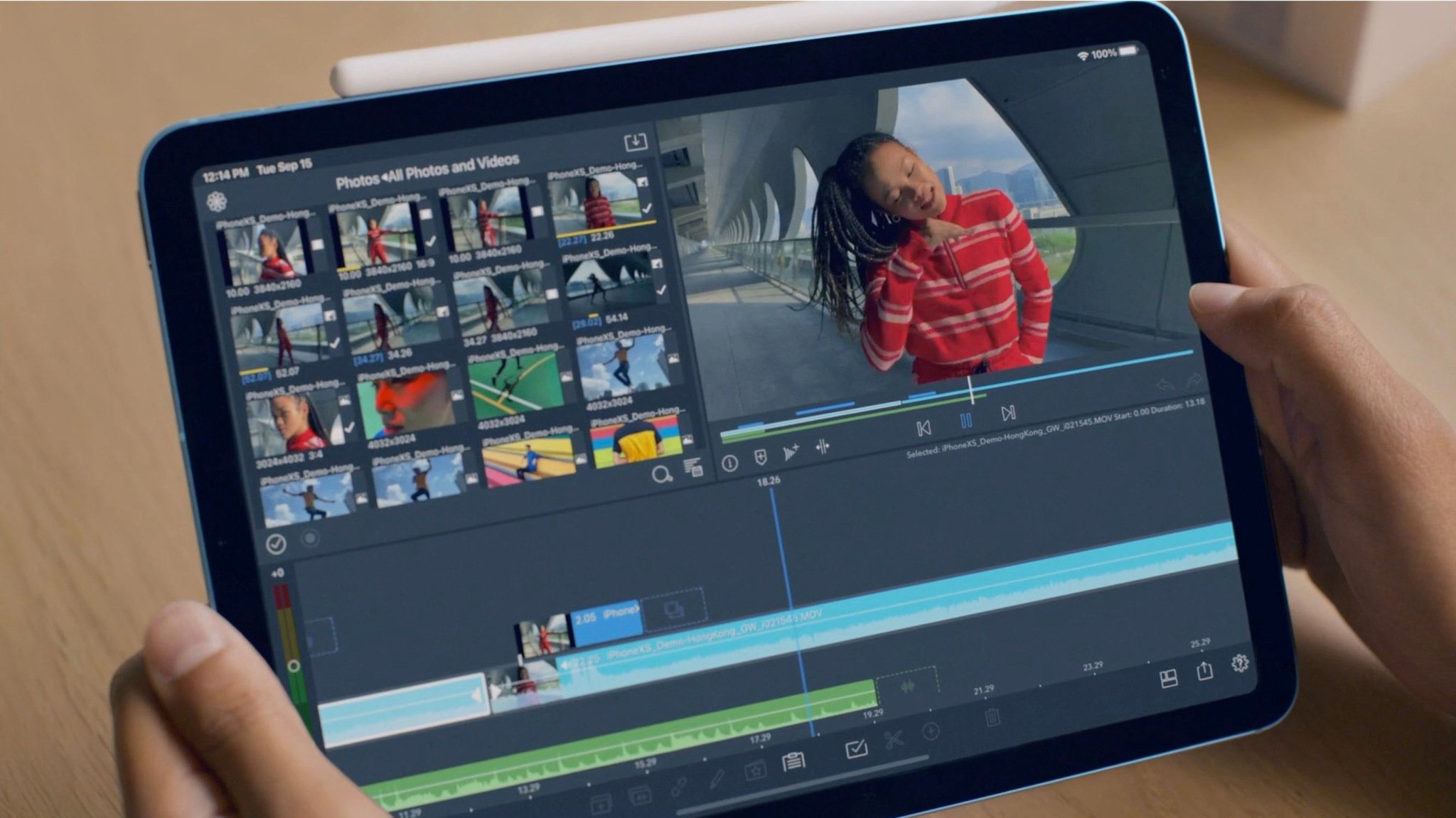
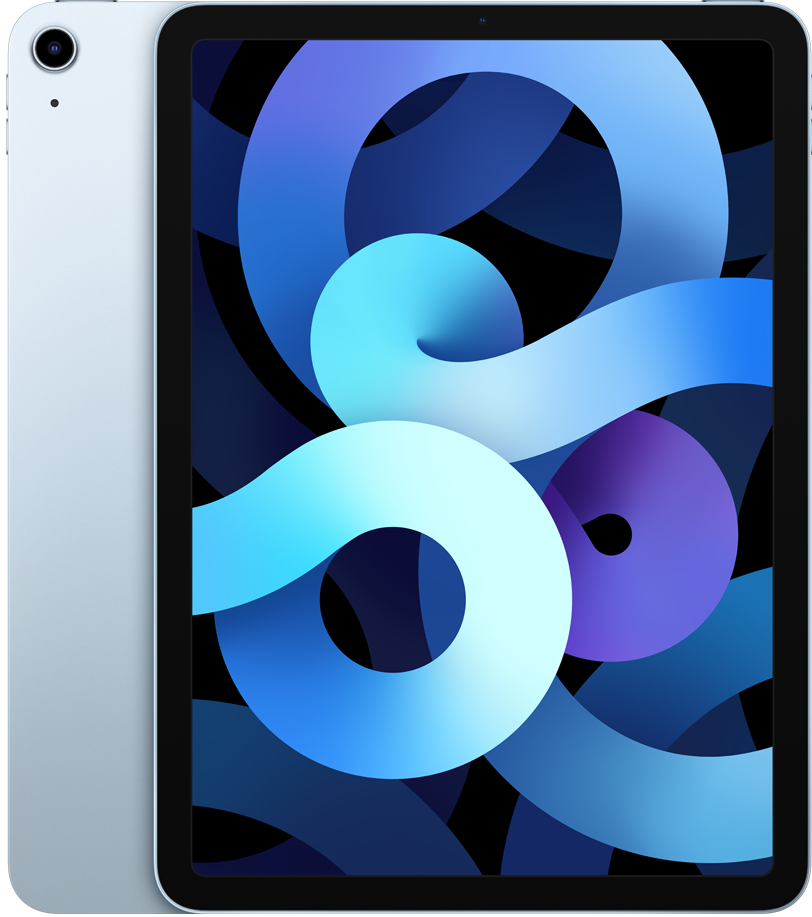
The choice for most people
The latest iPad Air offers many of the hottest features found on the more expensive iPad Pro. And yet, it's available for much less, making it the best selection for most people.
For
- Five color choices
- Less expensive
- A14 Bionic processor, a first for iPad
Against
- A slighter smaller display vs. 11-inch iPad Pro
- No Face ID
- No ProMotion technology
- Weaker camera system
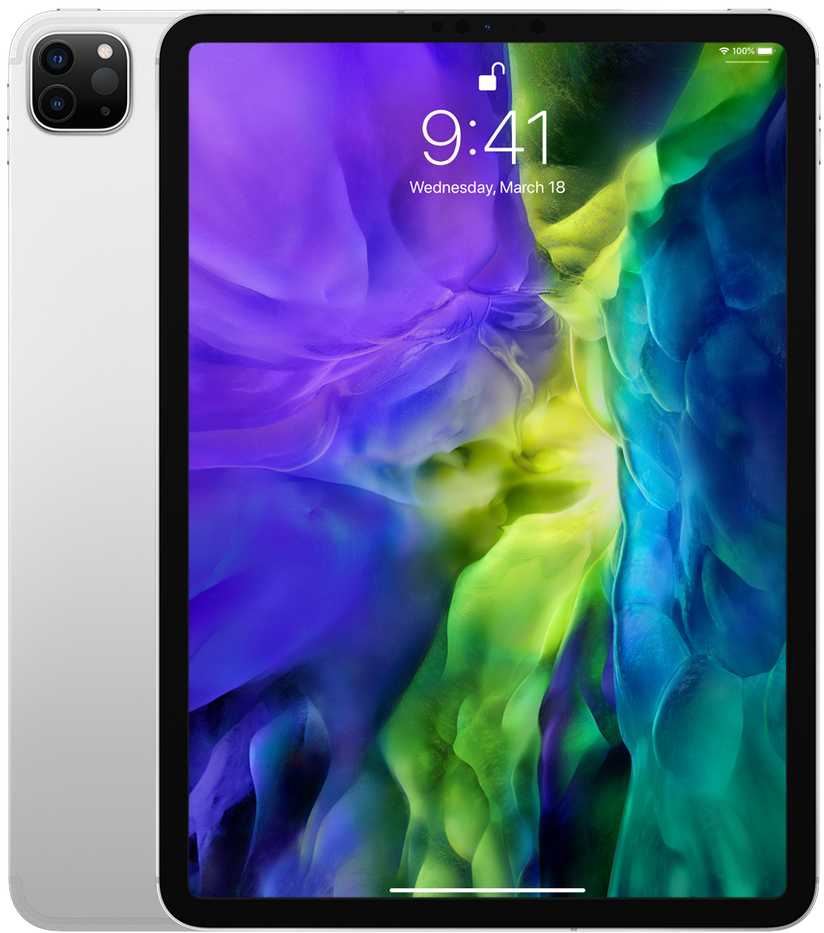
Take it up a notch
If it's not found on the iPad Air, it's almost certainly on the iPad Pro. Available in two sizes, this is the best of best, but not the one for everyone due to its high price.
For
- 11-inch and 12.9-inch displays
- More available storage
- Better camera, other extras
- Speedier A12Z processor
Against
- Pricey
- Only two color choices
- Overkill for many users
Apple's iPad lineup is worth buying at any price, but it is also will sometimes go on sale on Black Friday. Check out this year's Black Friday iPad deals going on now!
When it comes to an iPad Pro vs. iPad Air 4 comparison, it's essential to look inside and out. Overall, the iPad Pro offers more, but it also costs more than the newer iPad Air. That's why even though it's a lesser machine, we're recommending the less expensive iPad.
iPad Pro vs. iPad Air 4: So much is the same
First introduced in March 2020, the current-generation iPad Pro is available in two sizes, 11-inch and 12.9-inch. By contrast, the iPad Air, arriving in October 2020, is only available in one size, 10.9-inch. The differences between the models extend beyond screen size.
The current-generation iPad Pro and iPad Air are the two best Apple tablets in the history of the product line. Both include a great list of features that should keep it upgrade-proof for many years to come. In comparing the two models, let's start with the similarities before moving onto the differences.
| Header Cell - Column 0 | iPad Air 4 | iPad Pro (2020) |
|---|---|---|
| Price | From $599 | From $799 |
| Release date | October 2020 | March 2020 |
| Screen size | 10.9-inch | 11-inch12.9-inch |
| Display | Liquid Retina | Liquid Retina |
| ProMotion | No | Yes |
| Weight (Wi-Fi) | 1 pound | 1.04 pounds1.41 pounds |
| Weight (Wi-Fi + Cellular) | 1.01 pounds | 1.04 pounds1.42 pounds |
| Resolution | 2360x1640 resolution at 264 ppi | 2388x1668 resolution at 264 ppi2732x2048 resolution at 264 ppi |
| Storage | 64GB256GB | 128GB256GB512GB1TB |
| Processor | A14 Bionic | A12Z Bionic |
| Face ID | No | Yes |
| Touch ID | Yes | No |
| Camera setup | 12MP Wide camera | 12MP Wide10MP Ultra Wide |
| LiDAR | No | Yes |
| Battery life | Up to 10 hours of surfing the web on Wi‑Fi or watching videoUp to 9 hours of surfing the web using cellular data network | Up to 10 hours of surfing the web on Wi‑Fi or watching videoUp to 9 hours of surfing the web using cellular data network |
| 4K recording | 4K video recording at 24 FPS, 30 FPS, or 60 FPS | 4K video recording at 24 fps, 30 fps, or 60 fps (Wide)60 fps (Ultra Wide) |
| Colors | SilverSpace GrayRose GoldSky BlueGreen | SilverSpace Gray |
| USB-C | Yes | Yes |
| Speakers | Two | Four |
| Smart Connector | Yes | Yes |
| Magic Keyboard | Yes | Yes |
| Smart Keyboard Folio | Yes | Yes |
| Apple Pencil Support | 2nd-generation | 2nd-generation |
Both iPad models support the second-generation Apple Pencil. The iPad Air 4 is the first non-iPad Pro to use the pressure-sensitive stylus, which burst onto the scene in 2018. Similarly, both devices use a USB-C connector; again, the iPad Air is the first non-iPad Pro to support this.
Moving on in our iPad Pro vs. iPad Air comparison, both offer an LED-backlit Liquid Retina display with Multi-Touch and IPS technology. The fully laminated/anti-reflective screen includes fingerprint-resistant oleophobic coating, the company's Wide Color standard, and True Tone. This all works to make sure you have the best picture possible.
Both support Apple's Magic Keyboard and Smart Keyboard Folio. The one for the 11-inch iPad Pro is also usable with the 10.9-inch iPad Air.
Master your iPhone in minutes
iMore offers spot-on advice and guidance from our team of experts, with decades of Apple device experience to lean on. Learn more with iMore!
Finally, when it comes to battery life, both provide up to 10 hours of use while surfing the web or watching video while connected to Wi-Fi, and up to nine hours when doing the same connected to cellular.
iPad Pro vs. iPad Air 4: But there are significant differences

Intended for creatives and professionals, the iPad Pro offers key features the iPad Air does not, starting with ProMotion technology and a LiDAR Scanner. The former delivers refresh rates of up to 120Hz, which means fluid scrolling, better responsiveness, and smoother motion content. ProMotion technology also improves display quality and reduces power consumption.
LiDAR, which stands for Light Detection and Ranging, is a technology that lets you scan and map your environment by firing out laser beams. For many on iPad Pro, its use will focus on augmented reality or AR. Because of this, the iPad Pro features a 10MP Ultra Wide camera, which also improves photo- and video-taking.
The iPad Pro also includes a better front-facing camera. Where it offers a TrueDepth 7MP camera, the iPad Air has a less robust FaceTime 7MP camera. Improved goodies on the iPad Pro include portrait mode, portrait lighting, Animoji, and Memoji.
Digging deeper, the iPad Pro is available with as much as 1TB of storage versus 256GB found on the iPad Air. The Pro model also includes four speakers, not two. Finally, keep in mind, only the iPad Pro includes Face ID, while the iPad Air (2020) comes with a Touch ID that's built into the top button.
What about the processor?
When the iPad Air 4 was announced, one couldn't help but notice it offers an A14 Bionic processor, the first Apple device to do so. The iPad Pro includes an A12Z Bionic processor, by contrast. Until experts get a chance to test both processors side-by-side, one might assume the A14 bests the A12Z. However, that will likely be proven incorrect.
A12Z Bionic is an 8-core CPU that's been designed for both speed and energy efficiency. The A14 offers a 6-core CPU, with two of those for performance and four for efficiency. In other words, the iPad Pro handles graphics- and computation-heavy apps much better, even if the processor is older.
iPad Pro vs. iPad Air 4: Who should buy the iPad Air?
The iPad Air (2020) is the *best* Apple tablet for most people. If you plan on using it for writing, video-consuming, and casual game-playing, you'll be amazed, while also saving a lot of money. As a bonus, you get to choose from five consumer-friendly colors, include the all-new Sky Blue and Green.
iPad Pro vs. iPad Air 4: Who should buy the iPad Pro?
The well-reviewed iPad Pro (2020) is the ideal choice if you're a graphics designer or plan on embracing AR. Need more storage or the largest display possible? Have the money to spend? There's nothing better than the iPad Pro.

Bryan M. Wolfe has written about technology for over a decade on various websites, including TechRadar, AppAdvice, and many more. Before this, he worked in the technology field across different industries, including healthcare and education. He’s currently iMore’s lead on all things Mac and macOS, although he also loves covering iPhone, iPad, and Apple Watch. Bryan enjoys watching his favorite sports teams, traveling, and driving around his teenage daughter to her latest stage show, audition, or school event in his spare time. He also keeps busy walking his black and white cocker spaniel, Izzy, and trying new coffees and liquid grapes.
